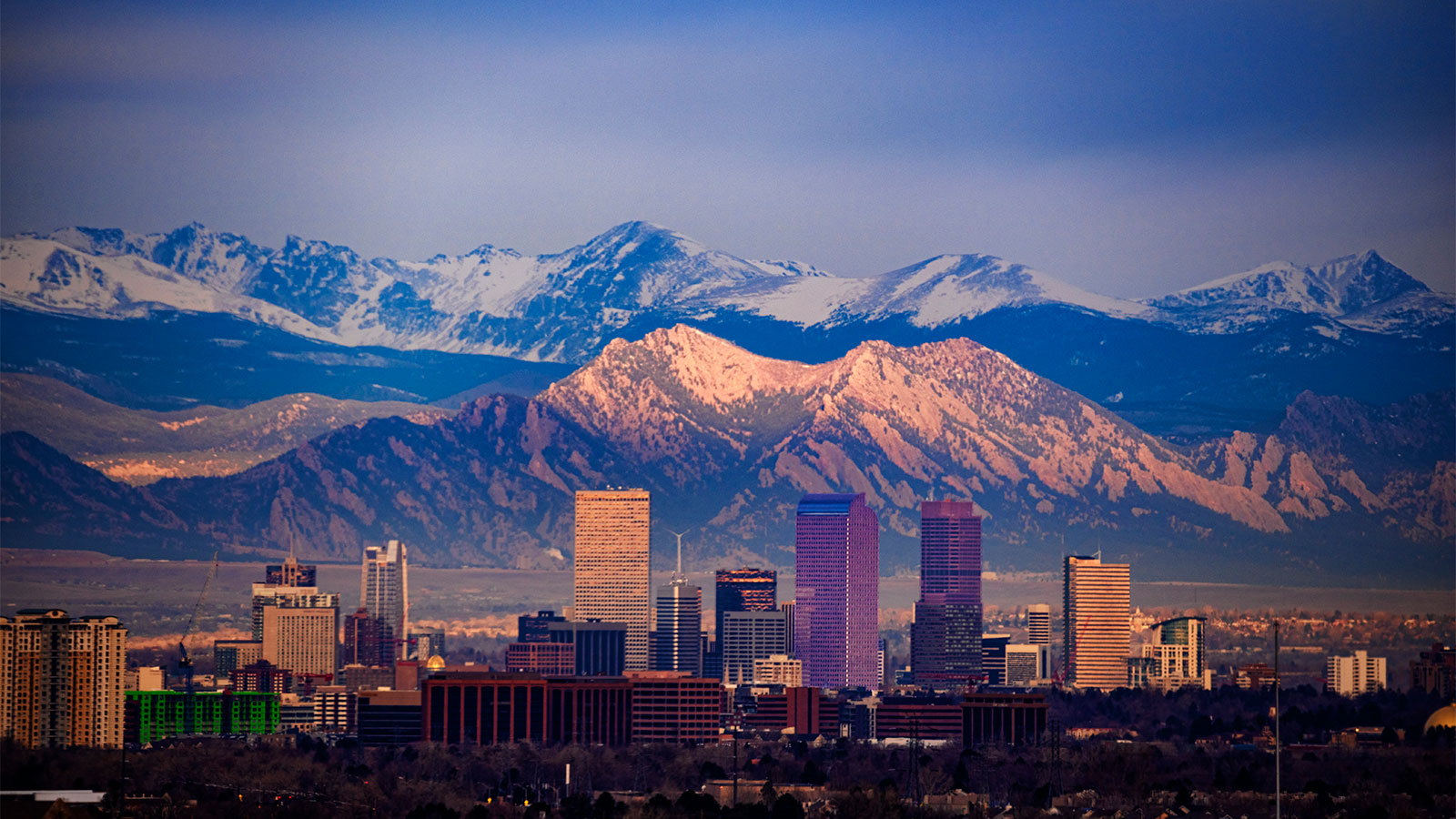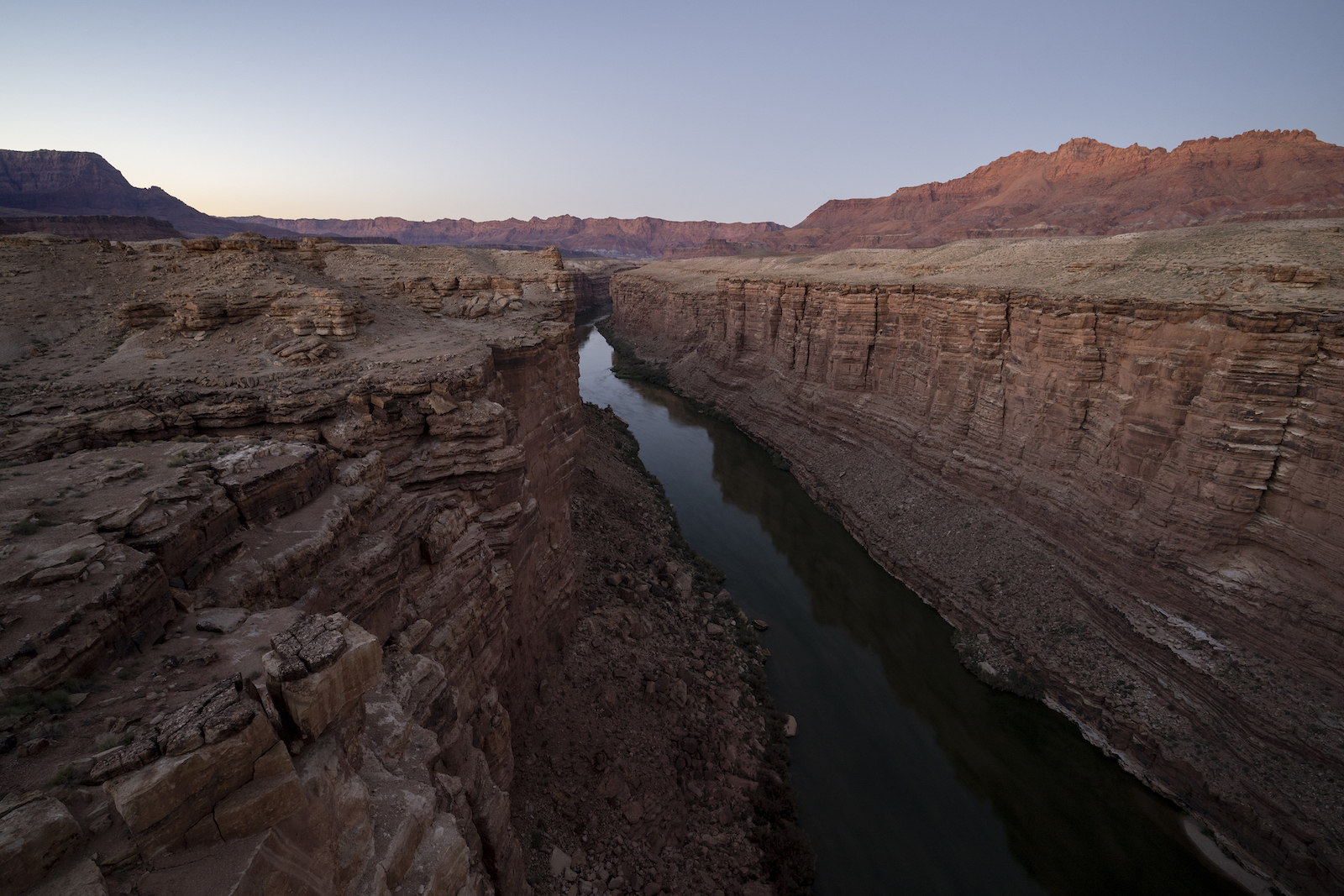Skiing, hiking, and other outdoor recreational pastimes have lent Colorado a woodsy — and environmentally friendly — reputation. This image is at odds with the state’s first and biggest industry: mineral extraction. From 1858 to 2022, mineral extraction in Colorado has amounted to a $546 billion dollar industry. The state remains one of the leaders in coal and gold, but the state is also home to oil, natural gas, limestone, and helium mining.
Contrary to the carefree spirit of those outdoor activities that the state is known for, the growth of mining, and the development of its extractive practices, all have origins in the genocide and forced displacement of Indigenous peoples native to the region. A new report by a nonprofit organization called People of the Sacred Land traces the history of how state and federal officials have “systematically undermined tribal sovereignty and Native self-governance through tactics like genocide and illegal land dispossession to exploit the wealth and resources of Tribal Nations.” The report, which results from a two-year study, also contends that tribes like the Arapaho and Cheyenne never gave up their mineral rights in Colorado and are entitled to compensation appropriate to how much land was stolen.
Rick Williams, who is Lakota and Cheyenne, is the executive director of People of the Sacred Land, and he said that the report shows how the history of Indigenous people in Colorado hasn’t been adequately understood. The three-part report is an attempt to correct the inadequate awareness and education. The second part of the report is a Historic Economic Loss Assessment, which offers a quantitative accounting of the economic impacts that American expansion into the territory has had on the Indigenous tribes.
“It has everything to do with the people living today, because it’s those people who are benefiting from the wealth of the land, the resources of the land, the water, the oil, the gas, the gold,” he said.
Colorado has made $1.9 trillion dollars from these dispossessed lands, which includes earnings from recreation, timber, mineral extraction, and real estate. The TREC commission thinks there should be some recognition, and compensation, to tribes for land rights they never consented to giving up.
Starting in the late 18th century, a series of legislative decisions established that settlers could not purchase land in the Colorado territory, but many settlers did so anyway, buying land from territorial governments and effectively excluding the tribes from the process. The report names Boulder, Colorado Springs, Denver, and Pueblo as illegally established on unceded Native lands. The United States was supposed to protect land belonging to tribes, but as settlers were drawn to the area via the gold rush, the United States failed to protect the land and eventually stopped trying, according to the report.
In the mid 1800s, tribes were often removed from their land under the threat of violence, or coerced into signing treaties under duress to make room for more settlers, who were interested in the newly established Colorado Territory. But the tribes were never fairly compensated.
Even if one is to accept the letter of such treaties, mineral rights were often not specified as part of what the tribes were ceding. Therefore, the commission argues, if a tribe didn’t specifically give up its mineral right, then the right remains with the tribes even after all these years into colonization. Furthermore, the TERC report argues that the financial injuries borne by the region’s tribes should be recalculated.
“Considering most contracts have recognized mineral and water rights unless specifically stated, they weren’t ceded,” said Dallin Maybee, who is Northern Arapaho and a legal scholar and commissioner on the report. “It’s no secret that the wealth of the country was built on the back of natural resources extracted from Indigenous lands.”
Colorado Department of Natural Resources communications director Chris Arend said in response to the findings of the report, “The state of Colorado is committed to working with tribal nations to protect their lands, and further consulting with the tribal governments on these comprehensive issues.”
Colorado’s long history of mining has contributed to deforestation and water and air pollution. “Mining is an inherently destructive and invasive process, and it continues to impact the surrounding land, water, atmosphere, flora, and fauna long after sites have been abandoned,” the report said. Even unused mines still pose a danger to the environment. Currently there are 23,000 abandoned mines that impair the water quality of streams in Colorado.
Clint Carroll, who is Cherokee, is an environmental researcher and professor of Indigenous Studies at the University of Colorado Boulder. He says the report outlines steps Colorado and these settler communities can take to help Indigenous communities today.
“If you can’t name and point to it in this way, decolonization becomes somewhat a utopian dream,” he says. He mentioned that he plans on assigning reading from the TREC report in his Indigenous Environmental Issues course. “People are missing a huge part of the picture. And this is a document that helps pave the way for non-Native people to understand.”





